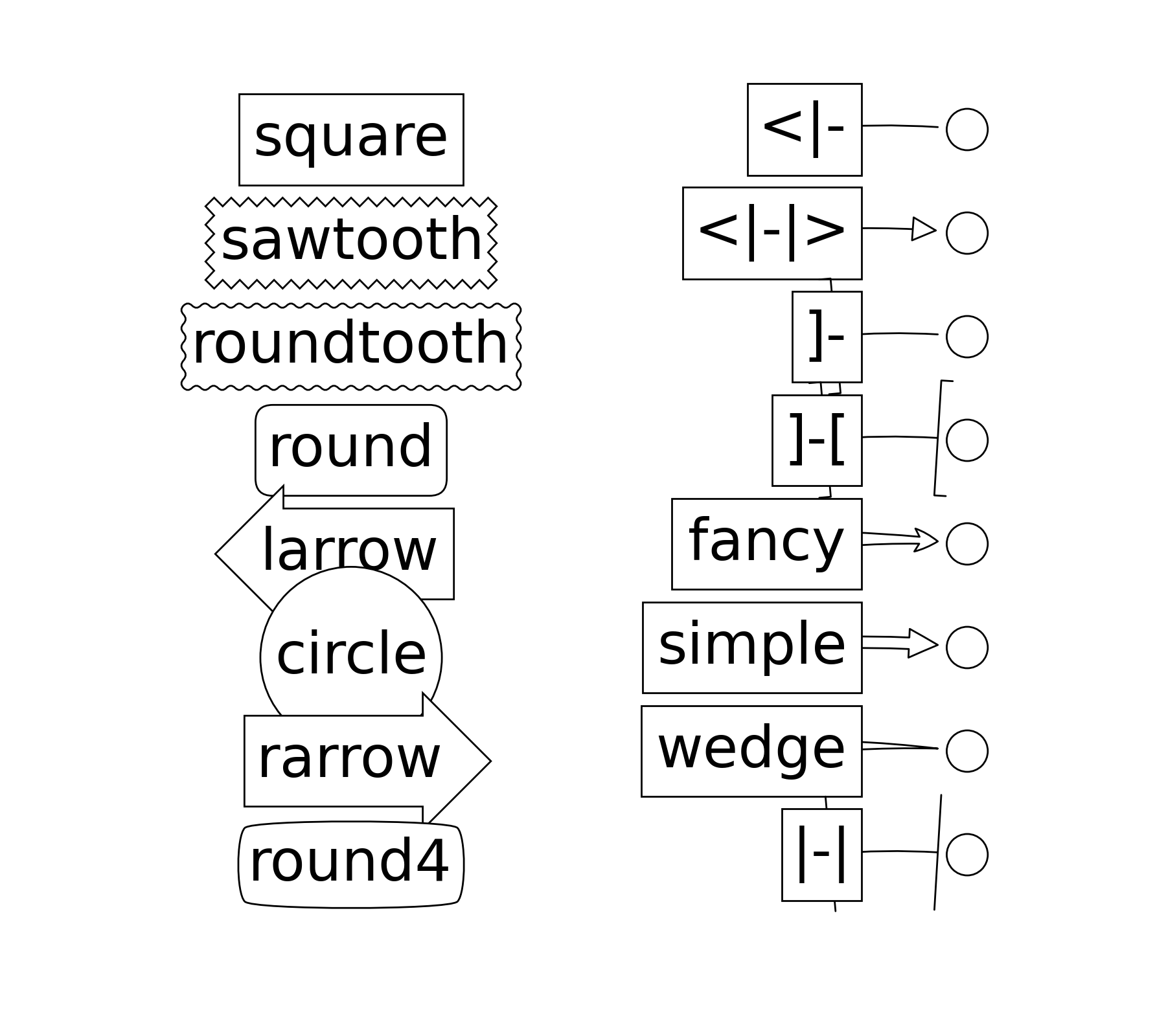Principle For Mac Libraries
The above is called a 'Spotlight Search' and is the easiest way to find anything on a Mac. Install homebrew. Then, if you want to install OpenCV on a Mac, install a package manager such as homebrew which is a matter of copying and pasting a single line from the homebrew website into your Terminal. I will not show the line here in case it ever. Jan 12, 2020 You can access the hidden Library folder without using Terminal, which has the side effect of revealing every hidden file on your Mac. This method will only make the Library folder visible, and only for as long as you keep the Finder window for the Library folder open.
- Principle For Mac Libraries 2017
- Principle For Mac Libraries Download
- Principle For Mac Libraries 2017
- Principle For Mac Libraries And Events
- Principle For Mac Libraries Online
- Principle For Mac Libraries Download
Home > Articles > Apple > Operating Systems
␡- Aug 15, 2008 Dynamic Libraries, RPATH, and Mac OS. Note:This posting was originally written based on MacOS 10.4. See the Comments section for some updates since then. One of my responsibilities on the Update Center 2.0 project is to perform builds of Python and wxPython for all of our supported platforms.
- Ever since Lion (OS X 10.7), Apple has hidden your personal Library folder (/Library) by default. In Lion and Mountain Lion (OS X 10.8), you could make the folder visible, but it required some work.
- May 30, 2019 Despite the fact that Apple keeps the Mac Library folder hidden from users, it’s good to learn how to show the Library folder on Mac. You may need to access the Library folder when you need to clear cache, remove the app’s leftovers, edit preference files manually, etc.
- Dec 20, 2019 So you recently uncovered Vulkan Runtime Libraries program installed on your computer, but not sure what exactly is this program? Well, we will tell you all about Vulkan Runtime. Let’s begin with a brief introduction. Every day, as the technology is getting advanced, the cybercriminals are also finding new ways to steal from users. Malware attacks.
- The Layers of Mac OS X: Aqua
This chapter is from the book
This chapter is from the book
There is more than one way to think about dividing up a pizza. First, there is the familiar method of dividing it into slices. Alternatively, you could divide it into layers: topping, cheese, sauce, crust. Theoretically, you could also divide it into its basic ingredients: flour, water, tomatoes, garlic, milk. Each method makes a different contribution to your enjoyment of the pizza. The first method (slices) is best when you're getting ready to eat the pizza; the second is best when you are deciding what to order (such as pepperoni with extra cheese); the third is best if you are concerned about nutrition (needing to know the exact ingredients to calculate calories).
The same is true for Mac OS X. There are multiple ways to look at it and take it apart. Each way makes its own contribution to your understanding of the OS. In this chapter, I look at the major ways to 'take apart' Mac OS X. Having at least a minimal knowledge of Mac OS 9 will help, as I occasionally make comparisons between the two OS versions. But even if you've never used Mac OS 9, you'll be able to follow along.

In This Chapter
The Layers of Mac OS X: Aqua

The Layers of Mac OS X: Application Environments
Cocoa
Carbon
Classic
Java
Putting it together
The Layers of Mac OS X: Graphics Services
Quartz
Multimedia: OpenGL and QuickTime
The Layers of Mac OS X: Darwin
Mach
BSD (Unix)
Domains: An Overview
Principle For Mac Libraries 2017
System domain
Local domain
User domain
Network domain
The Libraries of Mac OS X: /System/Library
Core Services
CFMSupport
Extensions
Fonts
Frameworks
PreferencePanes
Printers
QuickTime
ScreenSavers
Services
Sounds
StartupItems
The Libraries of Mac OS X: /Library
Application Support
ColorSync
Contextual Menu Items
Desktop Pictures
Documentation
Fonts
Internet Plug-Ins
Modem Scripts
Preferences
Printers
Receipts
StartupItems
The Libraries of Mac OS X: Users/'Home'/Library
Application Support
Caches
Favorites
Font Collections
Fonts
Internet Search Sites
Keychains
Preference Panes
Preferences
Application-specific folders
Fonts in Mac OS X: Font Formats
TrueType fonts
PostScript fonts
OpenType fonts
Bitmap fonts
Identifying font formats
Principle For Mac Libraries Download
Fonts in Mac OS X: Working with Fonts
Font Panel window
Font smoothing and Mac OS X
International language support: basics
International language support: troubleshooting
Font utilities
Principle For Mac Libraries 2017
The Layers of Mac OS X: Aqua
Itunes library itl mac os x download. Aqua is the name given to what most users think of when they think of Mac OS X: the user interface, the Finder, the Dock, the windows, the translucent buttons, the high-resolution icons, the menus, and all the rest. Many users may never explore Mac OS X beyond its Aqua layer.
Principle For Mac Libraries And Events
From this perspective, a user upgrading from Mac OS 9 will feel quite at home, at least initially. Much still works the same way. You still double-click icons in the Finder to launch them; you still choose the Save command from an application's File menu to save a document; you still open a folder icon to see its contents.
But you will soon notice some significant differences: a new column view, a very different Apple menu, the Dock. I discussed the basics in Chapter 3, when I presented an overview of Mac OS X.
Related Resources
- Book $55.99
Principle For Mac Libraries Online
- Book $55.99
Principle For Mac Libraries Download
- Book $55.99